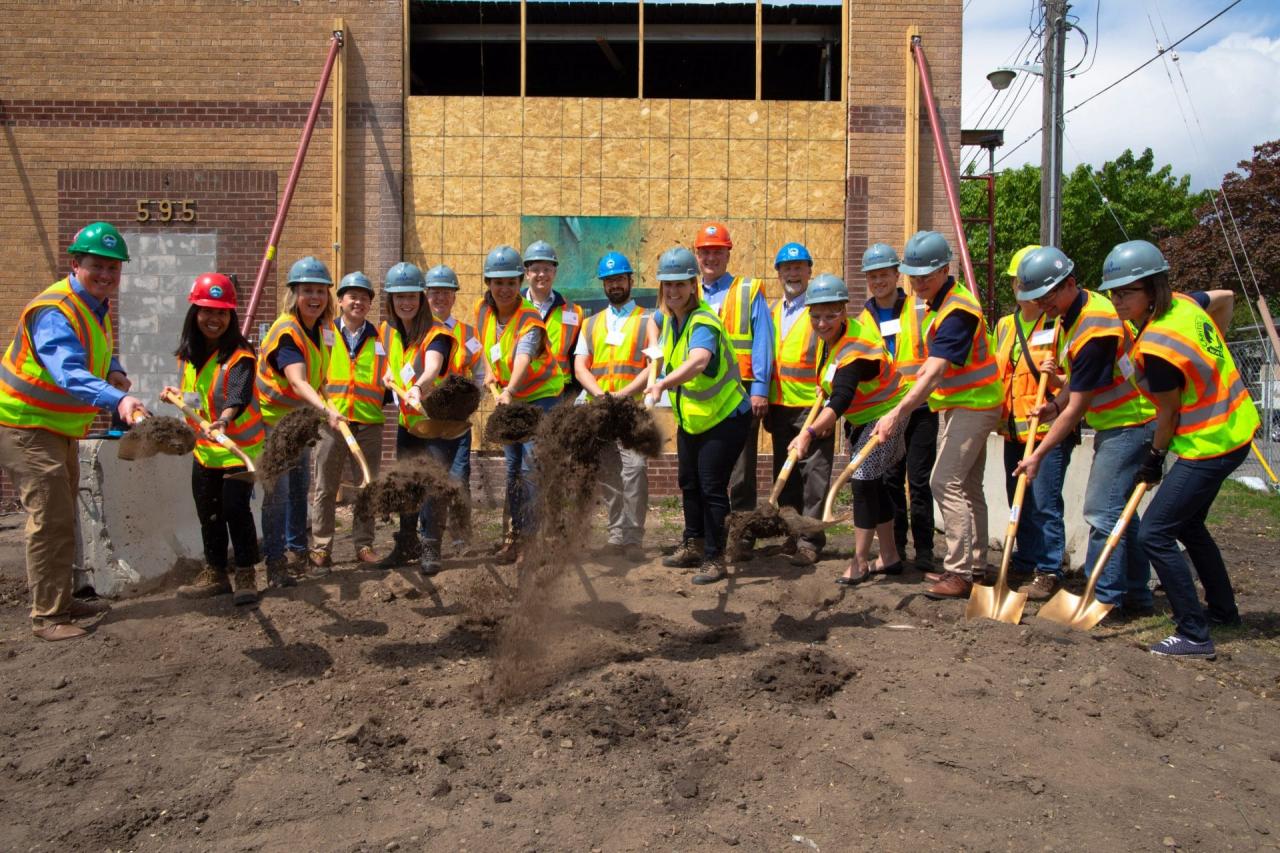
Crowd
Definition and Characteristics
A crowd refers to a large number of people gathered in one place, typically in a public setting. They exhibit shared interests, behaviors, or goals, and can often take on a collective identity and purpose. Crowds are dynamic entities that can form spontaneously or be intentionally organized for various reasons, such as protests, sporting events, concerts, or religious gatherings.
Types of Crowds
Crowds can be classified into various types based on their characteristics and behavior. Casual crowds are usually temporary and spontaneous, forming around a shared interest or event. Expressive crowds are characterized by emotional intensity and collective action, often engaging in protests or demonstrations. Acting crowds are highly organized and goal-oriented, typically pursuing a specific agenda or task.
Crowd Dynamics
The behavior of crowds is influenced by a complex interplay of factors, including social psychology, emotion, and crowd density. When people join a crowd, their individual behavior can be affected by the surrounding group dynamics, leading to both positive and negative outcomes. High crowd density can increase excitement and solidarity, but it can also lead to feelings of anonymity and reduced personal responsibility.
Crowd Management
Managing crowds effectively is crucial for ensuring safety and preventing potential disruptions. Crowd management strategies involve planning and coordinating resources, such as police, security personnel, and event organizers. Effective communication, clear crowd control measures, and contingency plans are essential to mitigate risks and maintain order.
Crowd Psychology
Crowd psychology explores the psychological dynamics that shape crowd behavior. It examines how individuals can be influenced by the group mentality, exhibiting behaviors that may differ from their normal individual conduct. This field highlights the importance of understanding crowd dynamics for effective crowd management and prevention of crowd-related incidents.
Crowd Control
Crowd control refers to the tactics and techniques used by law enforcement and security personnel to manage and regulate crowds. These measures aim to maintain order, prevent violence, and ensure public safety. Crowd control can involve strategies such as crowd dispersal, barriers, and containment tactics.
Crowd Dispersal
Crowd dispersal techniques are used to peacefully disperse a crowd and restore order. These strategies include negotiation, communication, and the use of non-lethal force, such as water cannons or tear gas. Crowd dispersal aims to minimize harm and maintain public safety while regaining control of the situation.
Crowd Violence
Crowd violence refers to violent or destructive behavior that occurs within a crowd. This can include rioting, looting, or physical confrontations. Crowd violence can be fueled by factors such as social unrest, political tensions, or heightened emotions. It poses significant risks to public safety and requires prompt intervention and management.
Preventing Crowd Violence
Preventing crowd violence is crucial for maintaining public order and safety. Strategies include addressing underlying social and economic issues, fostering open dialogue, and promoting tolerance and understanding. De-escalation techniques, such as negotiation and mediation, can help reduce tensions and prevent violence from escalating.
Conclusion
Crowds are complex and dynamic entities that can exhibit a wide range of behaviors. Understanding crowd dynamics, managing crowds effectively, and preventing potential disruptions are essential to ensure safety and maintain order. See you again in another interesting article!